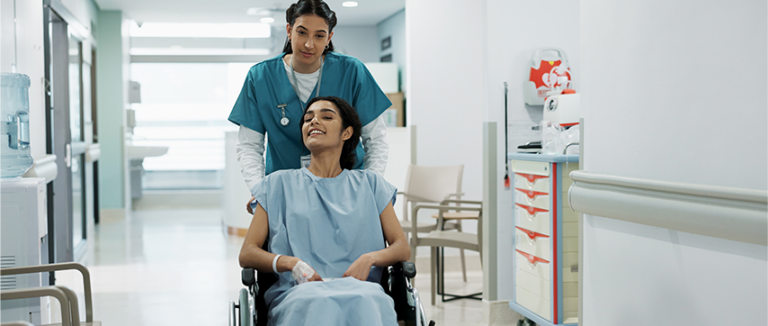4 Strategies to Boost Patient Engagement
Patient engagement in healthcare is defined as patients actively engaged in gathering information and making decisions about their health.
Author
CMIO at TigerConnect – Will O’Connor is an orthopedic surgeon by trade. He brings significant clinical experience and extensive knowledge of the inefficiencies plaguing our healthcare system from outdated technology to outmoded processes. He has helped large health systems, academic medical centers, and community hospitals leverage secure healthcare communication and collaboration to advance their clinical and financial goals.


Patient engagement in healthcare is defined as patients actively engaged in gathering information and making decisions about their health.

There are four main factors by which patient satisfaction can be evaluated[4] include: Care, Empathy, Reliability, and Responsiveness. Read about the 12 methods hospitals can employ to target the four factors above and reduce patient churn.

Healthcare providers are juggling too many communication tools, leading to delays, frustration, and even compromised patient care. This blog explores how communication overload impacts healthcare efficiency and patient outcomes—and why standardizing on a unified platform like TigerConnect can streamline workflows, reduce errors, and improve care delivery.

Communication noise disrupts healthcare workflows, impacting patient care and contributing to clinician burnout. A recent survey by TigerConnect and Becker’s Healthcare highlights the prevalence of these challenges and the need for standardized communication platforms to reduce inefficiencies and improve care outcomes.

Poor collaboration leads to overall slowness throughout the care journey, which leads to poor quality, poor experience and more expensive care. Learn how TigerConnect can reduce Collaboration Waste to help clinicians get more done during the day, reducing costs, improving throughput, serving more patients, and gaining more revenue for the hospital.

Learn what interprofessional collaboration is, why it’s important in healthcare, and how you can provide your care team with the right clinical communication and collaboration (CC&C) tools.

EHR vendors advise against using EHR chat for urgent communications, and explicitly state that EHR chat should not be used for emergency communications. Care teams are only as fast as their communication tools allow them to be. To speed care delivery in an emergency, you need tools that go beyond clunky chat interfaces. A clinical communication and collabroation (CC&C) paltform helps hospitals achieve greater efficiency around critical response workflows (like code blue, sepsis, STEMIs, strokes, and critical labs) to ultimately deliver better care, faster.

Accurate and real-time communication across healthcare providers is critical to patient safety and care. Clinical communication and collaboration platforms offer providers the tools necessary to quickly identify and address risks, improve continuity of care, and increase the overall quality of service to patients.

EHR systems were not intended for communication, which means they lack the flexibility and inclusivity to make great collaboration possible. Integrating EHRs with simple and secure CC&C tools can expedite workflow, improve patient outcomes, and protect patient security.

The emergence of advanced healthcare technology has transformed the way care teams and patients communicate, improving collaboration and patient care.
End of content
End of content

Since 2010 TigerConnect has been transforming healthcare communications by enabling our customers to automate clinical workflows, speed decisions, and improve patient outcomes. Today our cloud-native Clinical Communication and Collaboration (CC&C) solutions are used by over 7,000 healthcare organizations and 700,000 care team members.